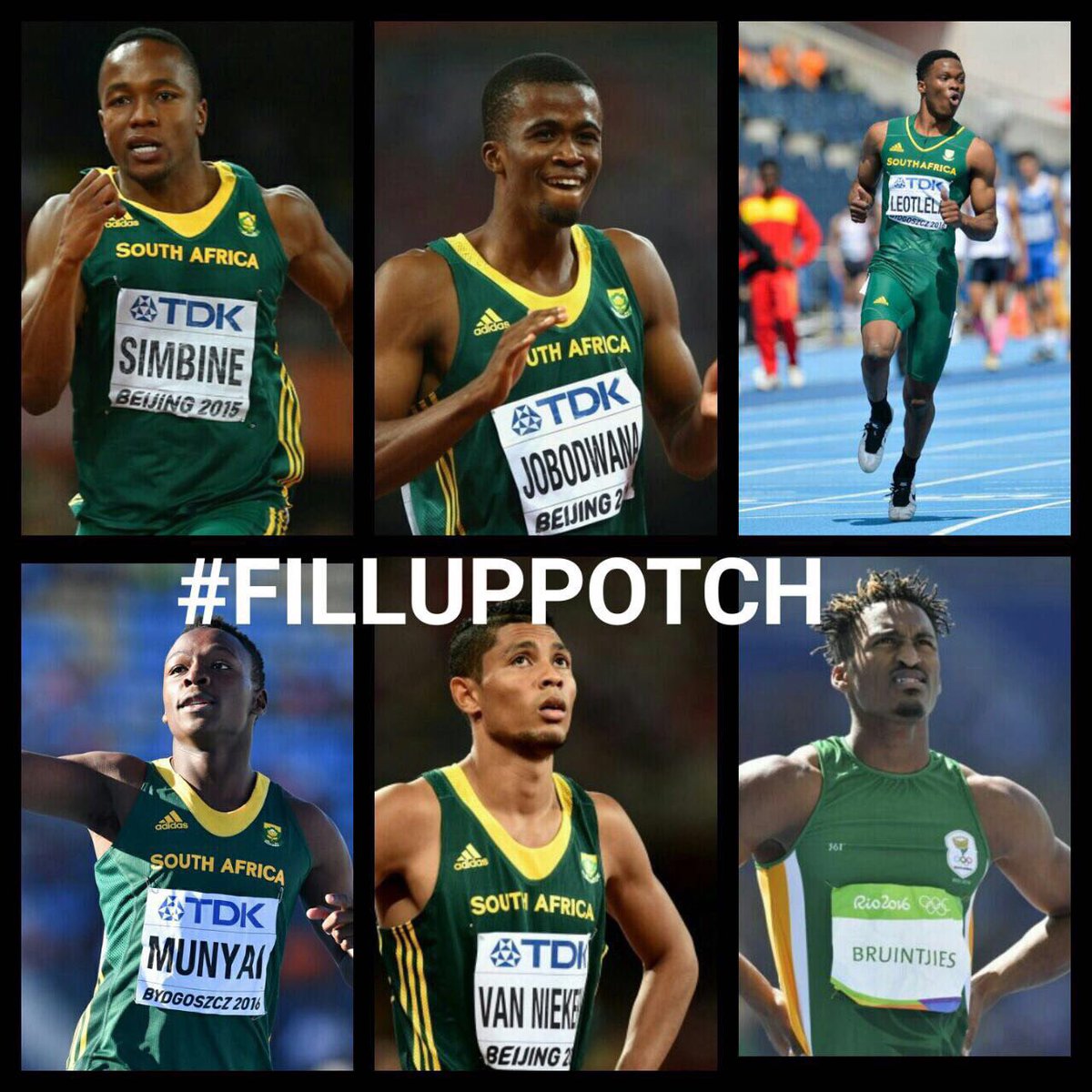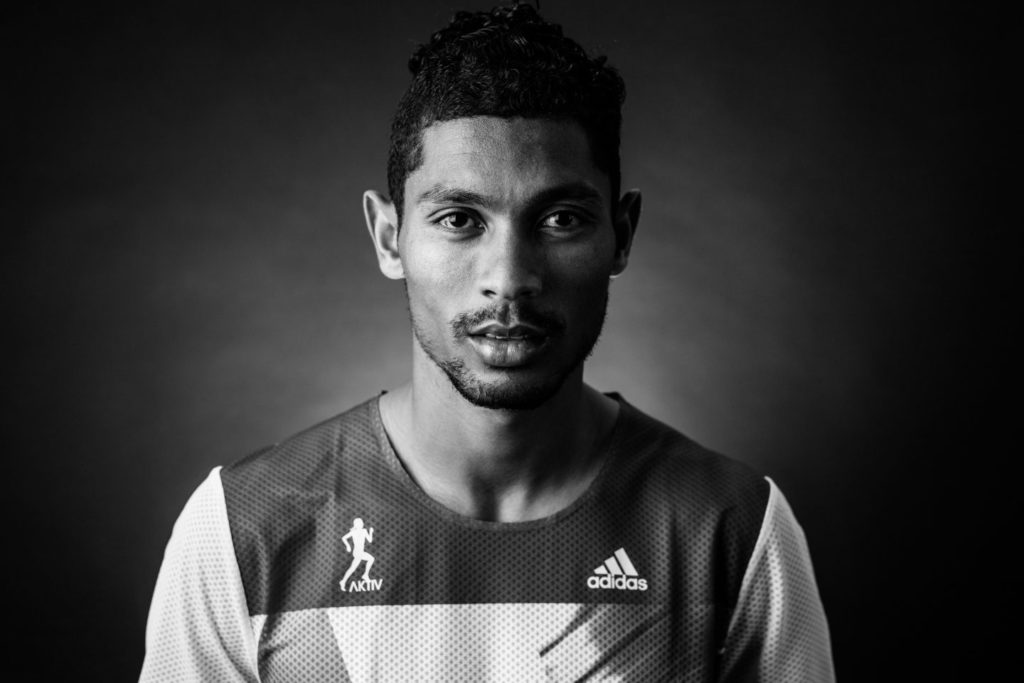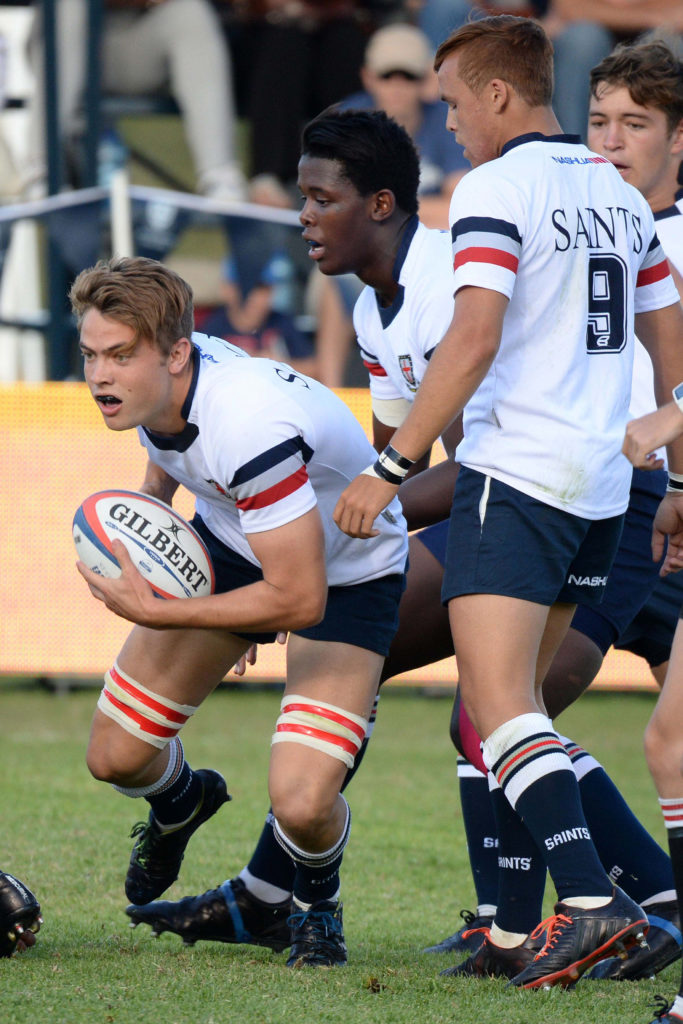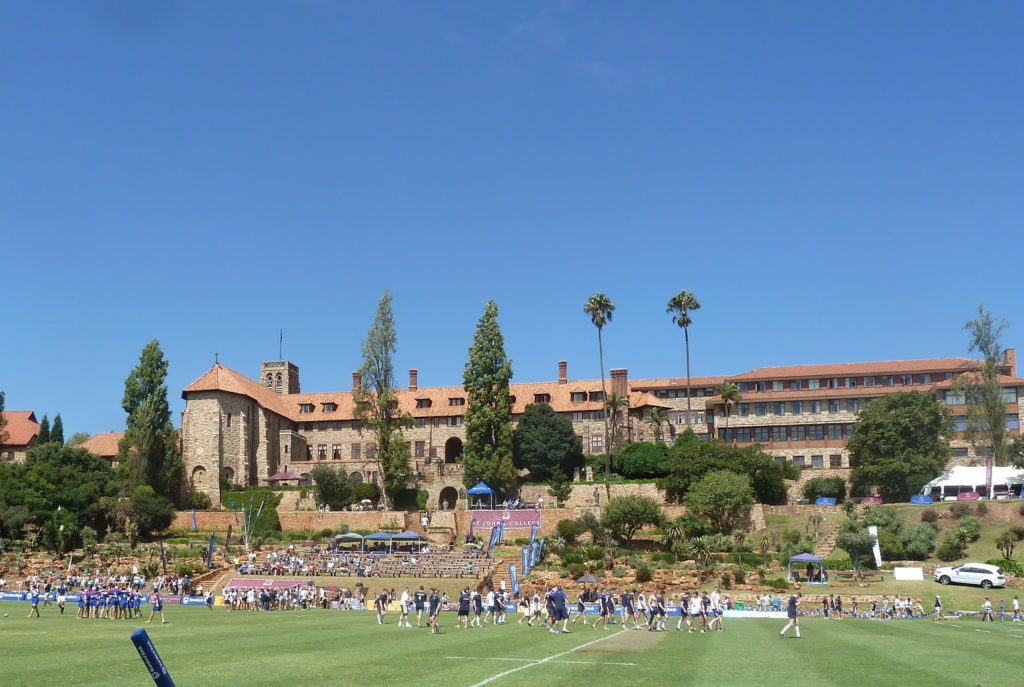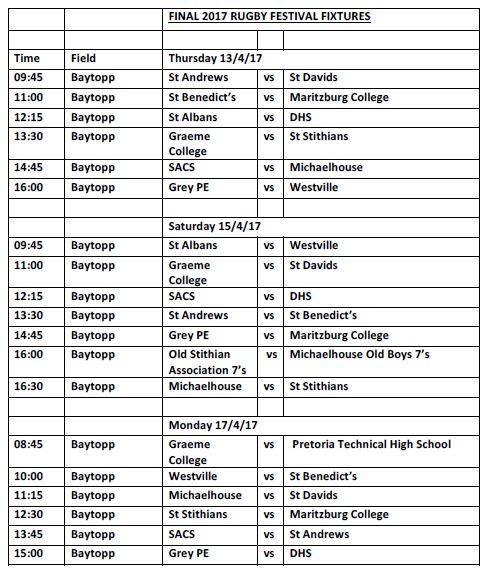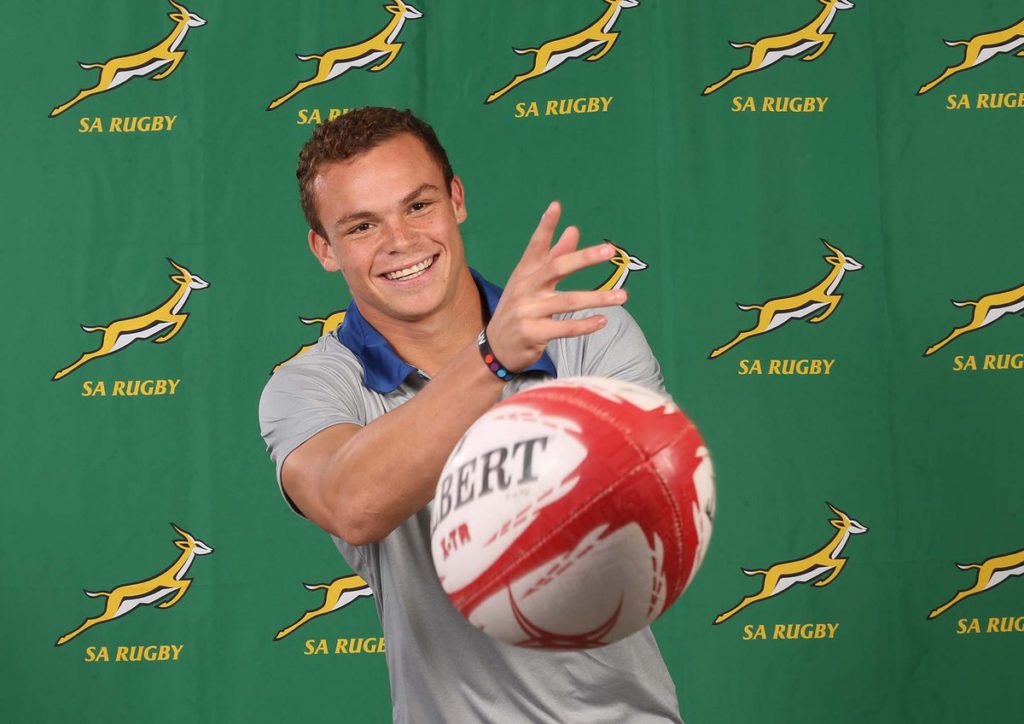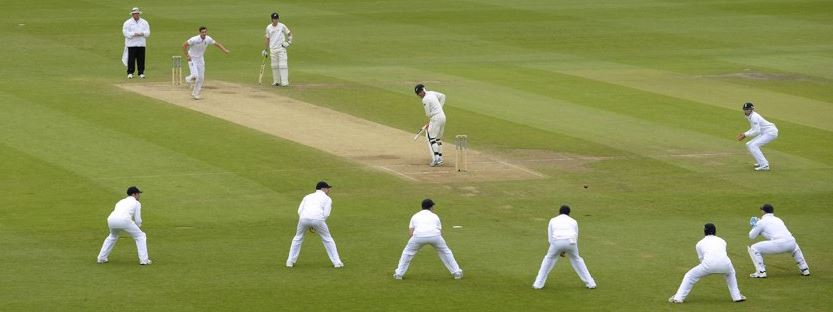
TThe magnificent St John’s College backdrop, where many of SA rugby’s finest aspirants were on display.
Ass a committed rugby tragic, I wasn’t in a happy place six months ago.
The Springboks were a mess and England were on the up. Things could hardly have been worse.
It wasn’t just that the Boks were losing to teams like Italy. They were aimless, clueless and hopeless. Some claimed they were the worst Bok team to ever tour. Perhaps they were.
Yet if we thought the Springboks were a portend of things to come, we couldn’t have been more wrong. There’s a vibrant, passionate attitude among our Super Rugby teams, even as the axe hovers over two of them. There’s invention and conviction in how they’re going about their business.
We even saw two outrageous acts of legerdemain that may yet prove to be a watershed in both attitude and style. Dillyn Leyds’ famous no-look reverse spin pass has already been hailed as one of Super Rugby’s most sublime moments – and it’s known a few.
Do yourself a favour, though, and dig out the clip on YouTube of Lionel Cronje’s extravagant circus trick against the Western Force. I had to watch twice to make sure my eyes weren’t deceiving me.
https://www.youtube.com/watch?v=87tbNgAy-fo
It’s gorgeous moments like these, when you see the straitjacket kicked to the kerb, that give massive hope. Neither Leyds nor Cronje would figure among the best in their positions, but they’ve embraced the magic coursing through the SA game.
But it’s beyond the high-profile games on TV where good things go on too. I spent much of last weekend attending two of the three big schoolboy rugby festivals in Joburg.
The boys gave it their all wherever I looked. Structure seemed secondary to playing by instinct and there was less kicking than usual. Penalties were run, chances were taken. The big crowds lapped it up.
I ran into Sharks staffer Michael Horak, who was checking out the quality of the play. “Talent for days,” was his remark, enthusing over the high standards. He also popped into the Kearsney Festival and thus got a good sense of the national picture with schools from all provinces in action.
Durban High School took on Grey PE in the final game of the St Stithians Festival and it was encouraging to see 11 black boys in the starting XV. If these are the buds on the Springbok tree, just imagine how the game might thrive in a few years.
Down the road, Parktown trotted out with 10 black boys, seven in the pack alone. These things ought to not matter, but this is South Africa, so they do. The point is that they played with steel and swagger and all we saw was a team that wanted to win. There was nothing lightweight about them either, one of the boys weighing in at 116kg and standing 2,01m tall.
So to Monday night and the final of the Varsity Cup, played at the University of Pretoria. There must have been a fair amount of beer served up for the mood among the massive crowd was buoyant and they responded with good cheer to an entertaining final that the hosts won.
UUnencumbered by contracts or the pressures of being professionals, the students played with a rare freedom
Unencumbered by contracts or the pressures of being professionals, the students played with a rare freedom that contributed to a marvellous atmosphere. Duitser Bosman and Francois Pienaar, the architects of the tournament, have created something very special.
Meanwhile, on Saturday, in Kwazakhele in the Eastern Cape, the first match of the all-new SuperSport Rugby Challenge took place. For many in the township, this will have been the first time they slapped eyes on elite-level players in the flesh. If this interest can be nourished in a tournament designed to stretch into the far reaches of SA, imagine the possibilities. There may be another Solly Tyibilika or Siya Kolisi among them.
Of course, this isn’t to say the Boks won’t be white-washed by France or smashed in the Rugby Championship, but it gives insight into a world beyond the pampered pros; a world that is thriving and virtuous. The Springboks might sit atop the totem pole, but it’s in communities and at schools and varsities where passions first take hold and where dreams are given sustenance.
We mustn’t ever forget this. – © Sunday Tribune


